Follow Us!
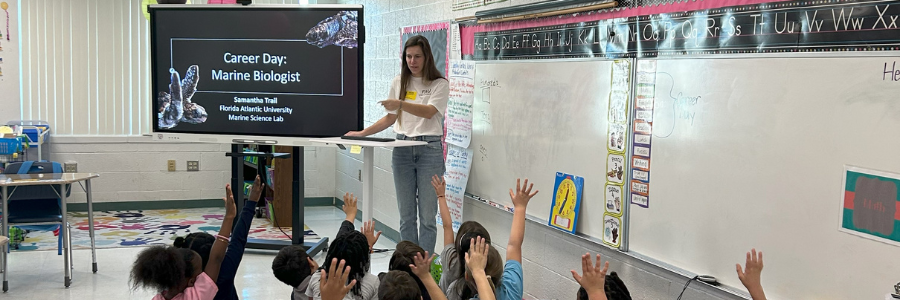
We welcome educators and curious minds alike to use the free educational resources featured here. The FAU Marine Lab is committed to communicating our scientific findings to broad audiences and promoting environmental literacy and ocean stewardship. The educational resources below are carefully crafted by an interdisciplinary team of talented FAU scientists and scientists-in-training from the Glenn W. and Cornelia T. Bailey Marine SEA Scholars Program with backgrounds ranging from the sciences to education, the arts, and humanities. Dive in and introduce your students, kids, family, and friends to various kinds of marine life and the research discoveries made by the Marine Lab’s scientists.
Request alternative versions of our downloadable documents by contacting us at:
Fill your homes, classrooms, and labs with ocean-themed love and appreciation this Valentine’s Day! Our Glenn W. and Cornelia T. Bailey Marine SEA Scholars have made a collection of small Valentines—featuring fun facts about many of the Marine Lab’s study species—available to print from your home! Simply download the PDF below and print all 4 pages double-sided. Each copy will print 16 unique cards to give to those you admire and appreciate!
FAU Marine Lab Valentine's Cards PDF
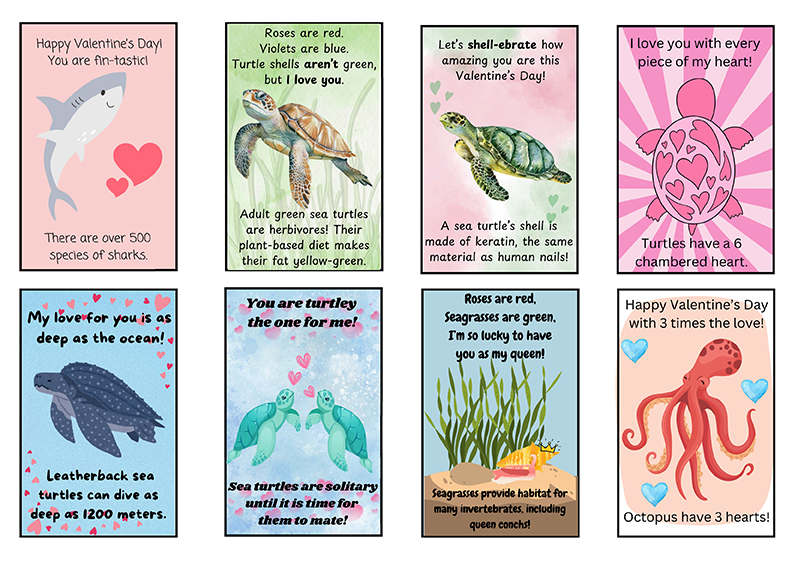
|
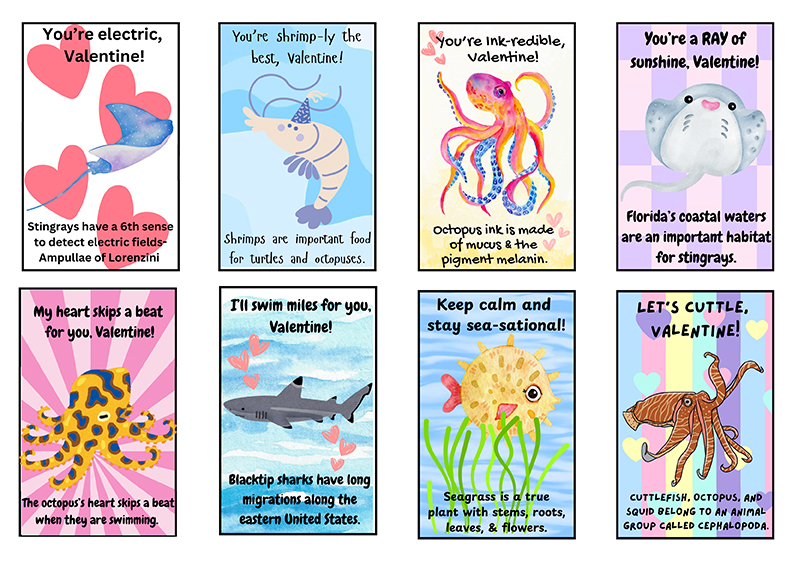
|
Nearpod virtual experiences created by our team consist of engaging lessons related to the Marine Lab’s research topics with fun, interactive games. Our lessons are accessible free of charge. These lessons can be led by the educator in a classroom or can be done at an individual’s own pace. Lessons incorporate pre- and post-interactive games to gauge participants’ understanding of lesson concepts. To access a lesson, go to nearpod.com. Then, enter the corresponding lesson code found under the featured thumbnails into the red box displayed on the Nearpod home page.
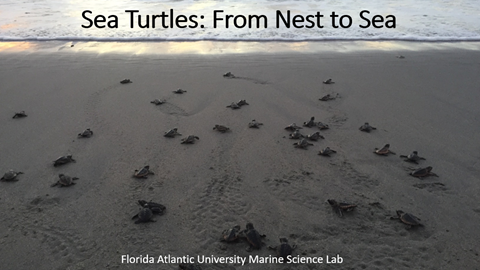
|
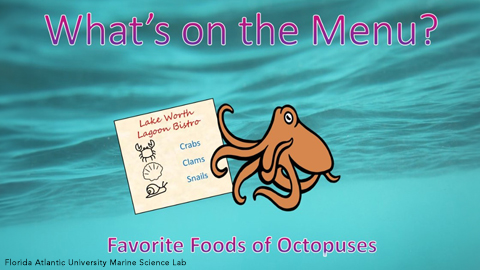
|
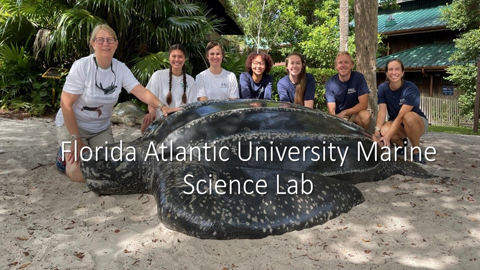
|
| Sea Turtle: From the Nest to the Sea | What's on the Menu | FAU Marine Lab |
| Code: U8LZM | Code: DLIV5 | Code: KYAP8 |
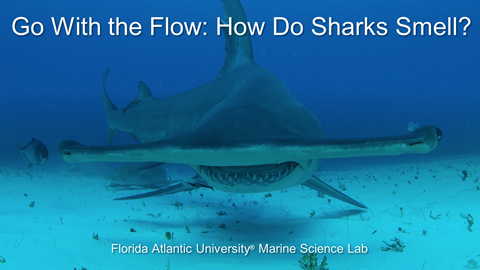
|
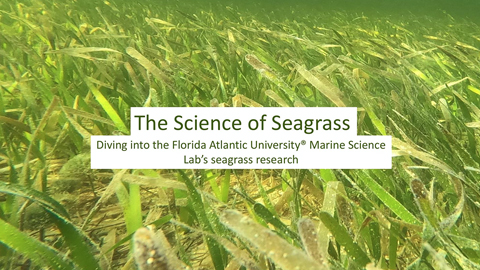
|
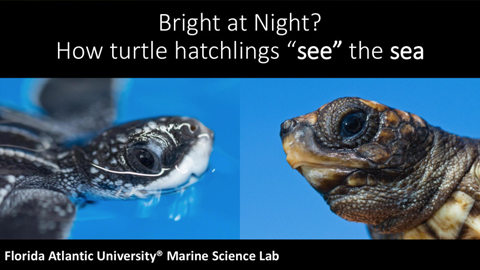
|
| How Do Sharks Smell? | The Science of Seagrass | Sea turtle vision |
| Code: J4BQA | Code: EISLR | Code: G9HBP |
Bring the ocean into your classroom! This lesson plan is designed for grades 3-5 and can be modified for younger students. The slide show edition allows educators to present these materials to students who may need more guided instruction but cannot be used independently of the PDF lesson plan. Students will learn about the differences in sea turtle shell anatomy between loggerhead and green sea turtles, and how these differences are useful in species identification and scientific research.
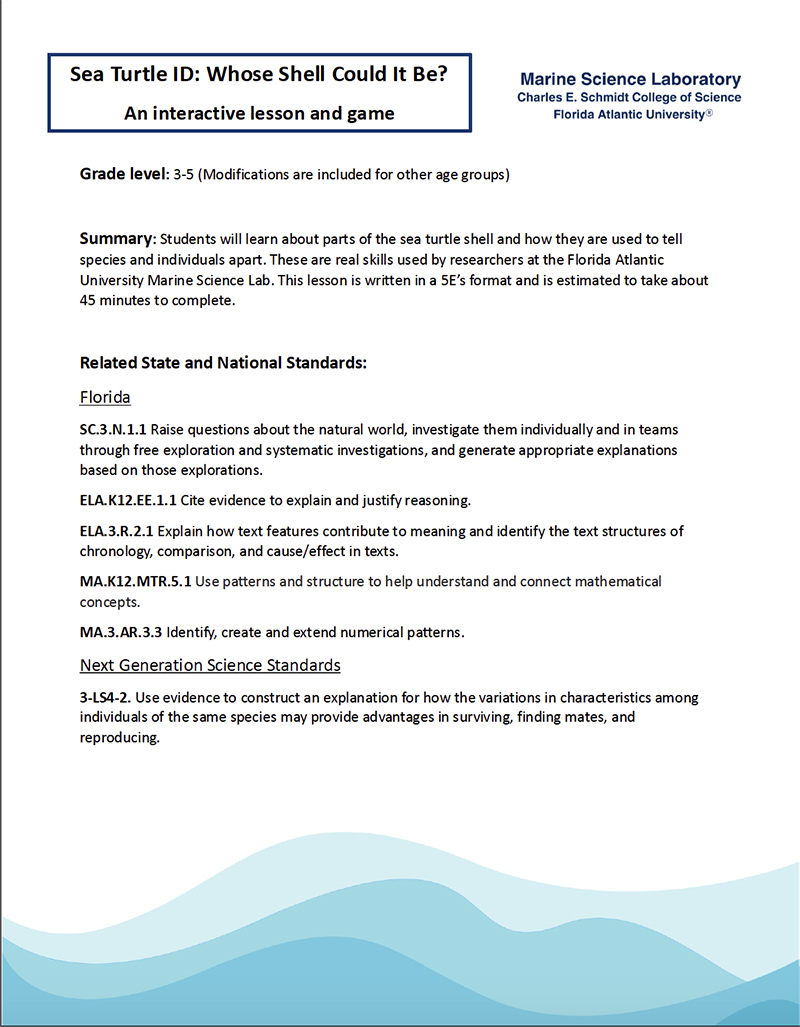
|
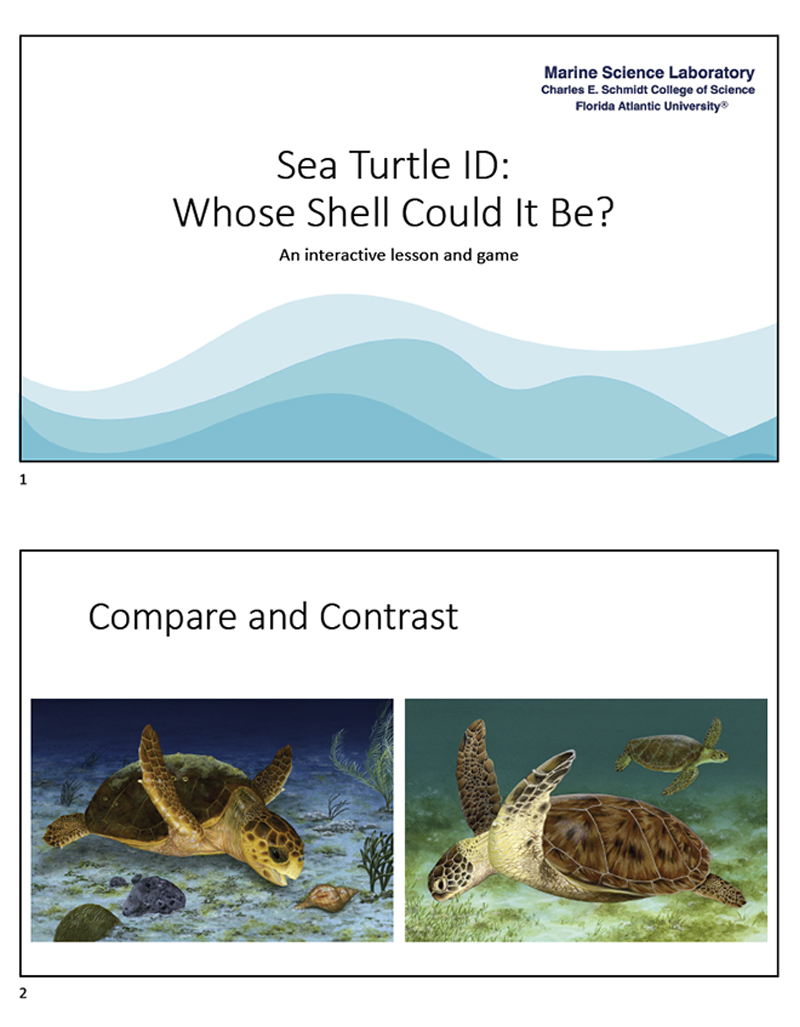
|
|
Sea Turtle ID: Whose Shell Could it Be? An Interactive Lesson and Game |
Sea Turtle ID: Whose Shell Could it Be? An Interactive Lesson and Game (slide show edition) |
How do sea turtles swim? These interactive 3-D models provided by DigitalLife3D on Sketchfab can be rotated along any axis of the sea turtle to observe sea turtle swimming motion. Immerse yourself, friends, family, or students in the form and function of both leatherback and green sea turtle flippers with these free models. Zoom in on the model to get a close-up of their features such as their shell, eyes, mouth, and more!
|
|
|
| Model 74A - Juvenile Leatherback Sea Turtle | Model 46A - Subadult Green Sea Turtle |
These three-dimensional sea turtle models were created using photographs and measurements in collaboration with the
nonprofit organizations Digital Life 3D and Upwell. The juvenile leatherback on the left is one of the FAU Marine Lab’s own
study turtles. Look closely at the underside of the leatherback’s jaw and you will see a pair of fang-like structures called
cusps. These cusps help the sea turtle grasp and cut jelly animals into mouth-size bites and prevent them from escaping.
The model on the right portrays a green sea turtle with one of its flippers missing! This turtle, affectionately named
Scallywag, was rescued in 2016 at the Blowing Rocks Preserve in Jupiter Island, Florida by Loggerhead Marinelife Center
after surviving a shark bite. Green sea turtles are the ocean’s landscapers; their grazing helps maintain beds of seagrass
which are nursery habitats for a variety of other species.
Our coloring sheets are designed to engage younger age groups with the exciting research conducted at FAU Marine Lab. The animals featured are drawn in an anatomically correct fashion, and accompanying fun facts are to introduce curious minds to concepts pertaining to their unique biology, and how FAU Marine Lab researchers study these animals.
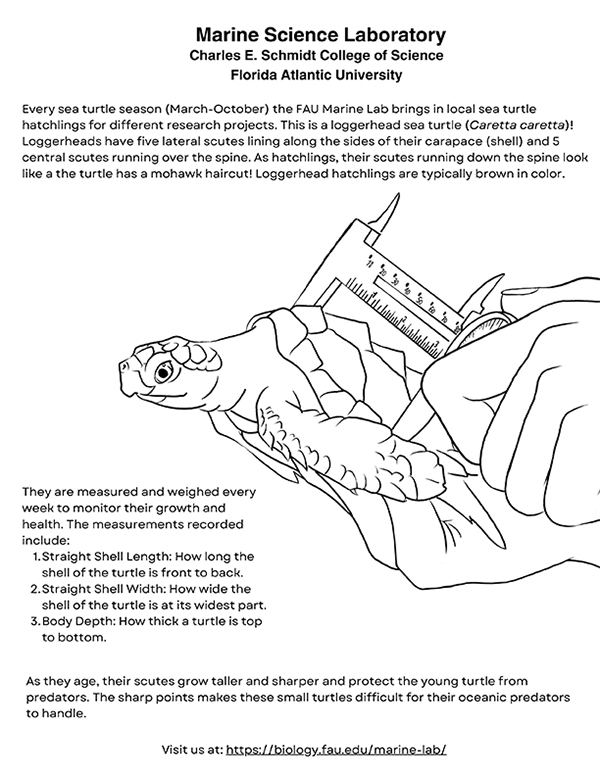
|
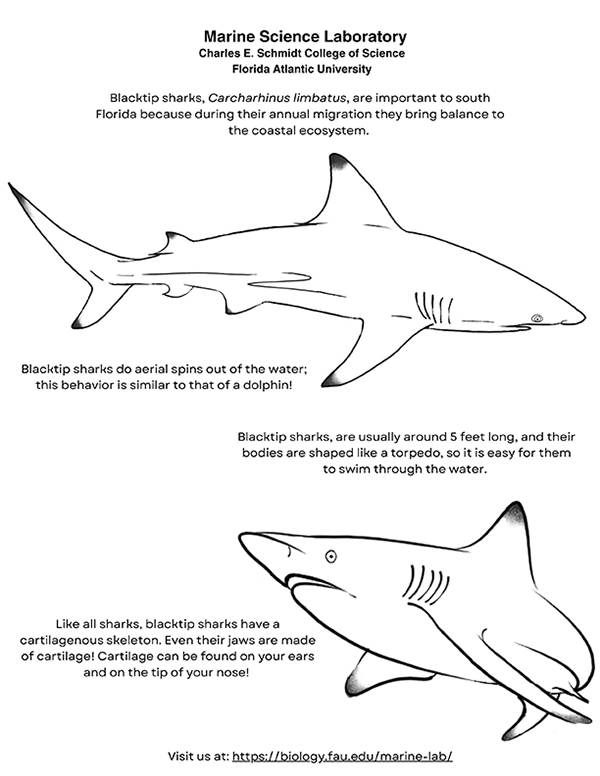
|
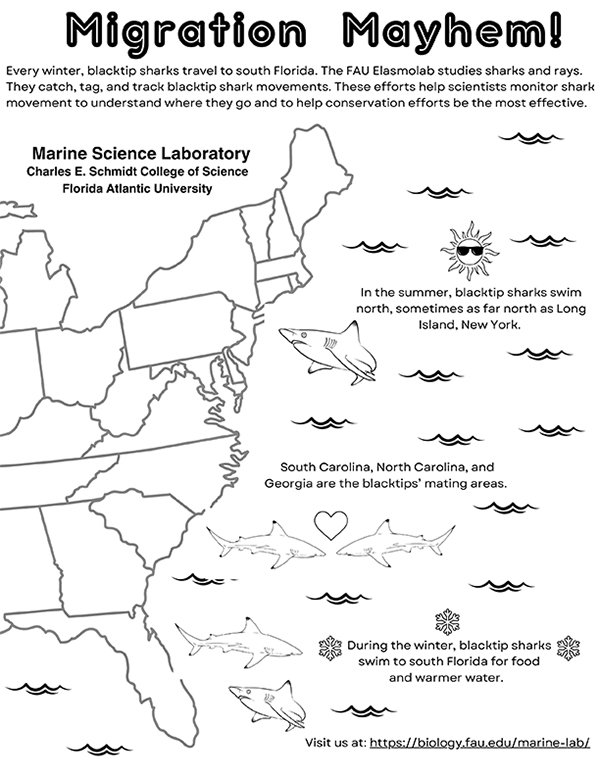
|
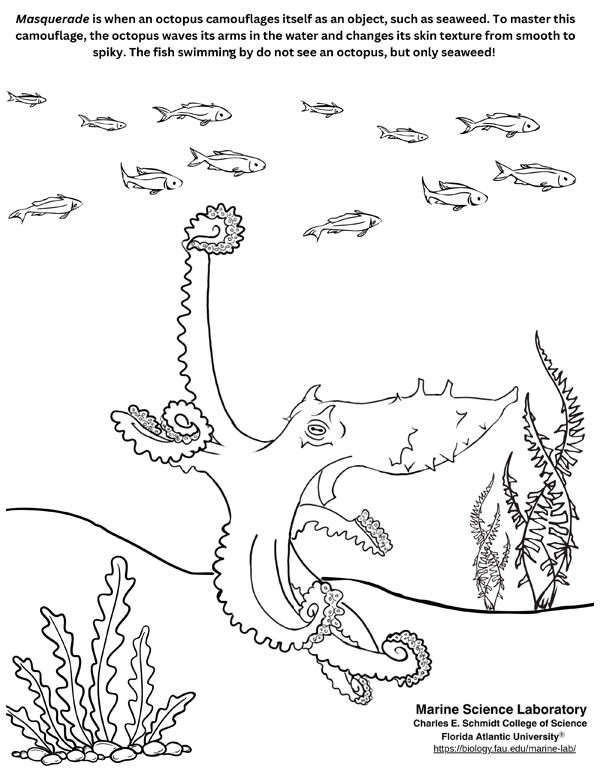
|
| Loggerhead Sea TurtleWeigh and Measure Coloring Sheet | Blacktip Shark Coloring Sheet | Migration Mayhem Coloring Sheet | Octopus Masquerade Coloring Sheet |
Are you interested in learning what kind of animals your personality most aligns with? Are you looking to test your seagrass knowledge? Look no further than our engaging quizzes! These fun quizzes were designed to be both informative and interactive, educating about a variety of animal behavior and plant functions. Explore our quizzes below to learn more about the fascinating marine life our lab studies!
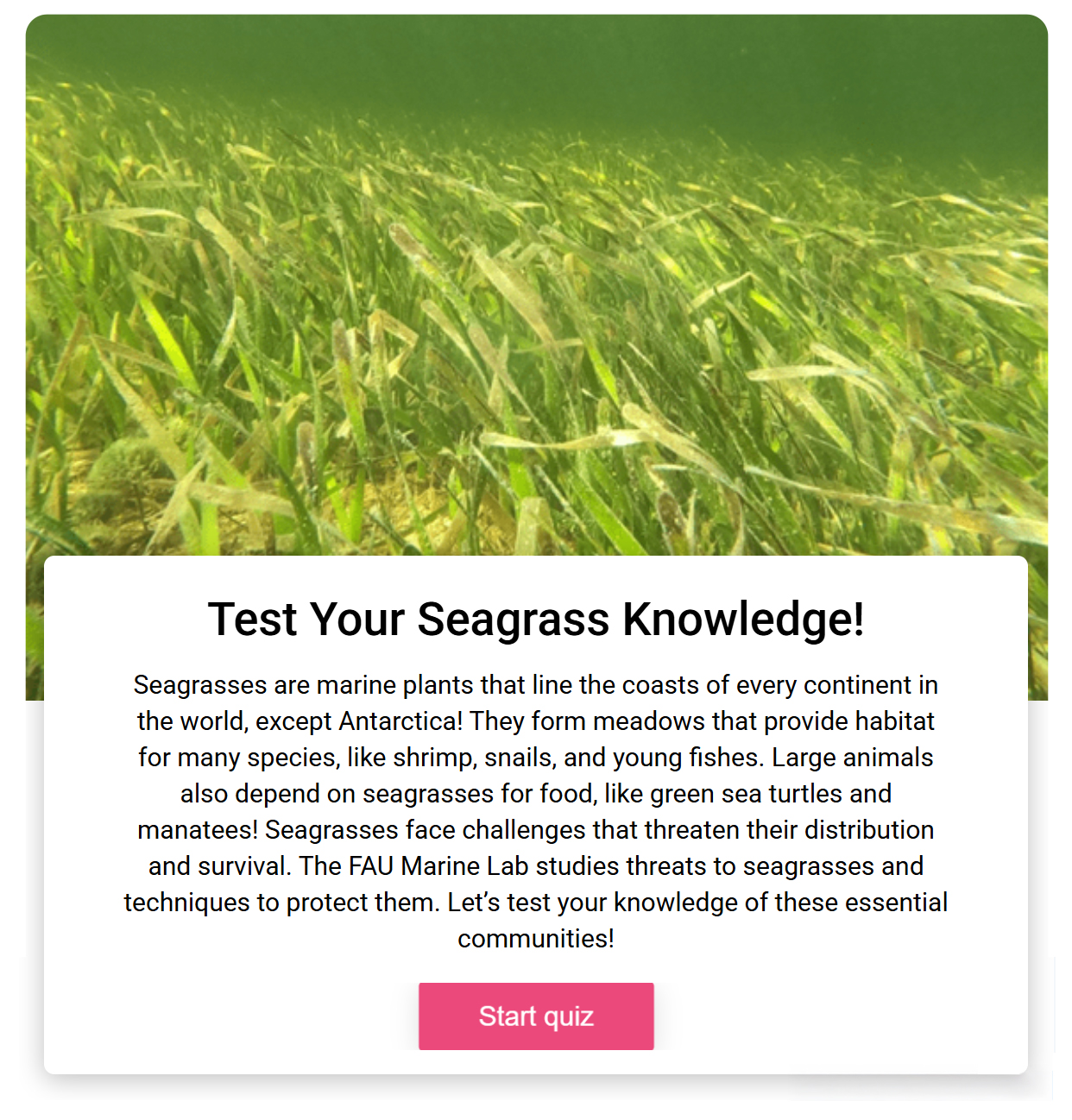
|
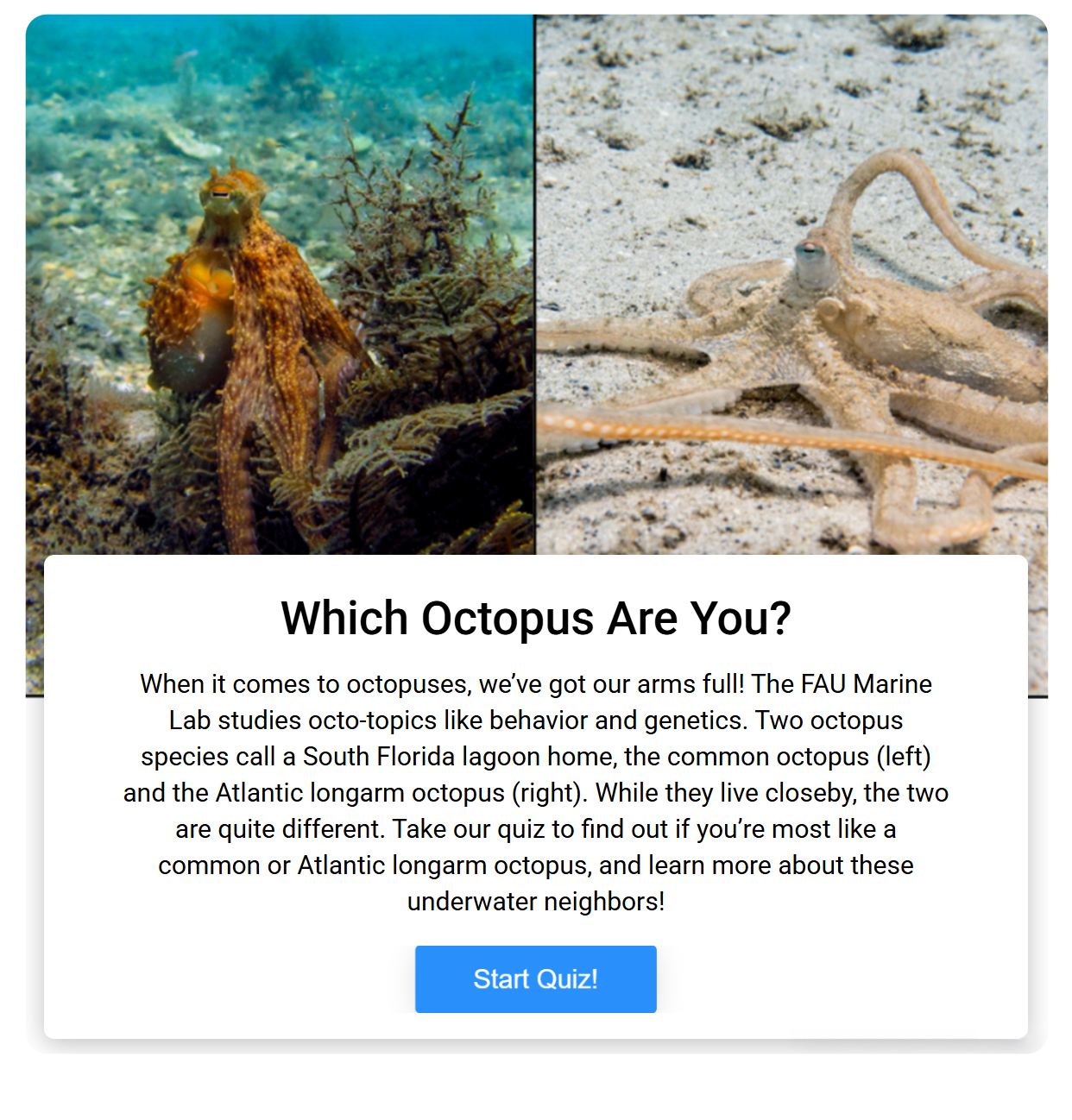
|
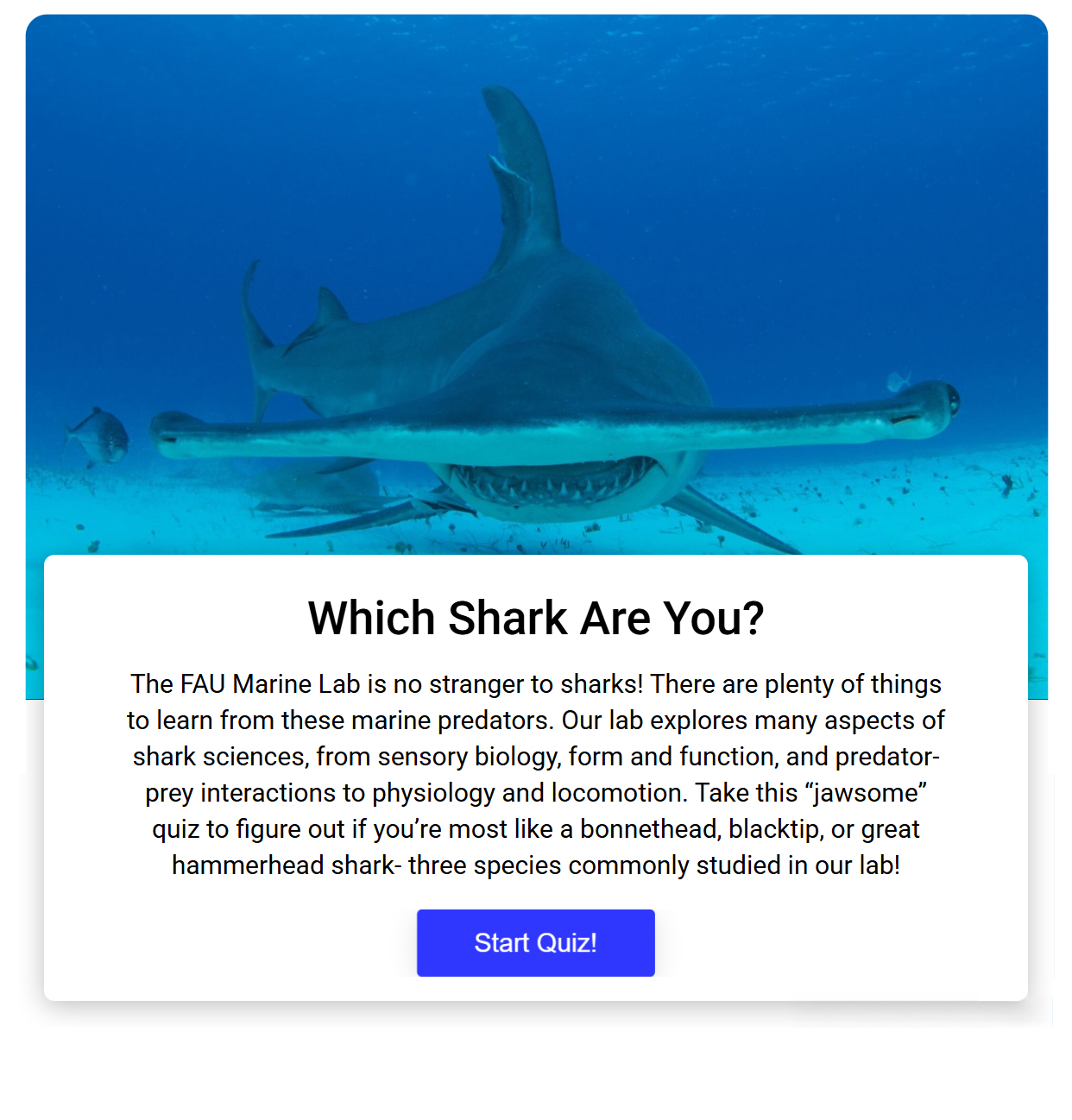
|
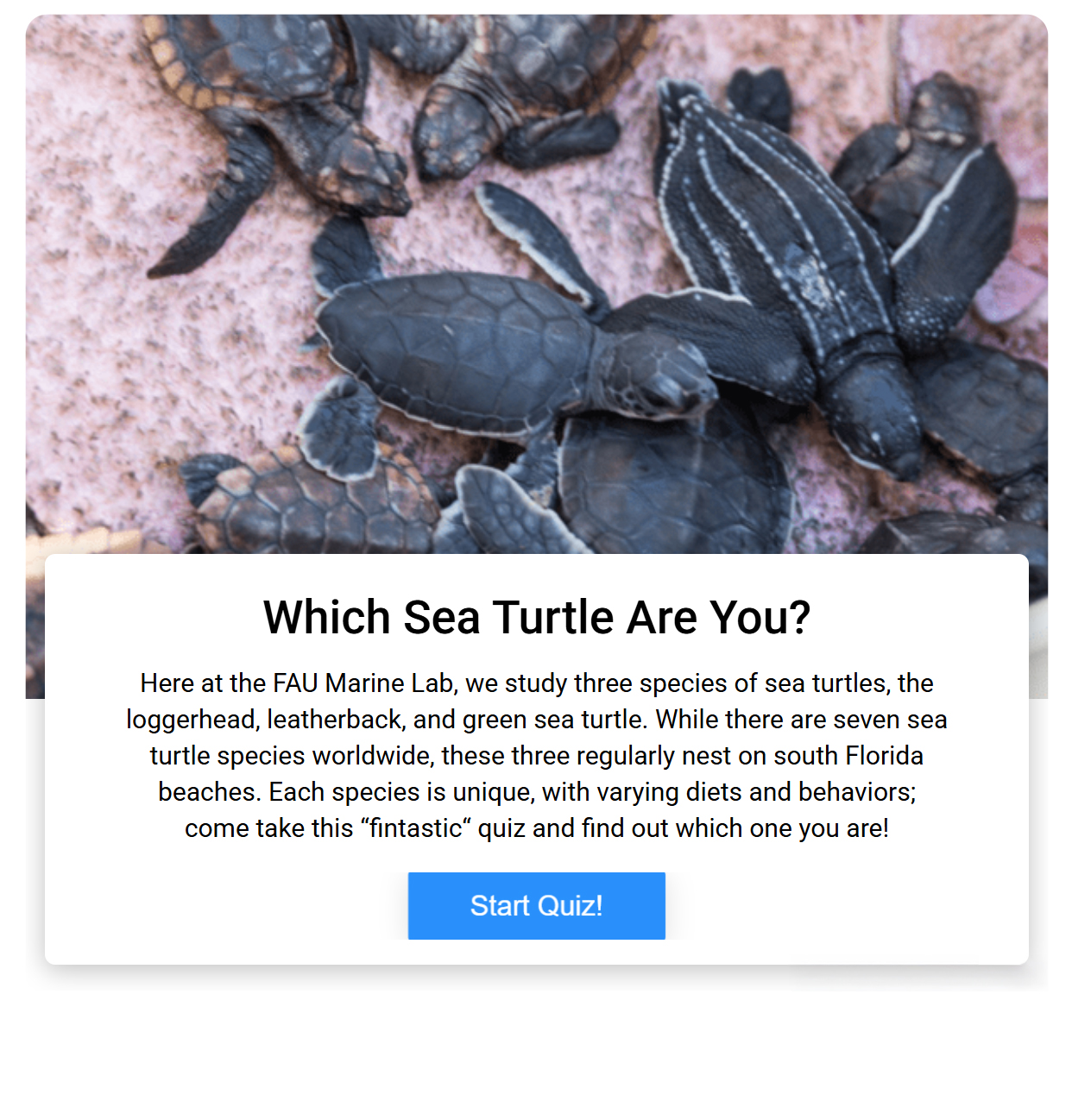
|

Have a science question related to marine biology? Ask the Experts!
Have you ever wondered how long a sea turtle can stay underwater? Or how sharks use their senses to hunt? Marine biologists await your ocean related questions! Click below to submit your question and follow us on Instagram or Facebook to see the answer.
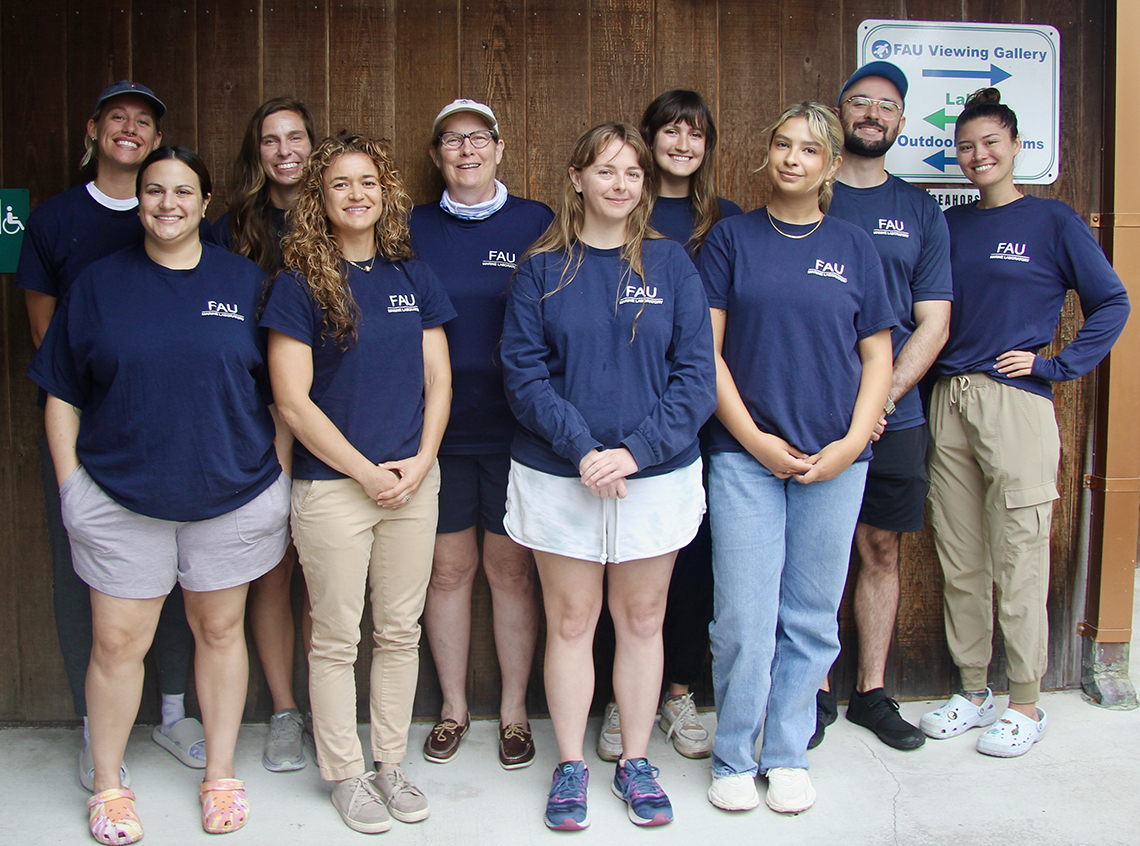
These virtual resources were created by students in the Glenn W. and Cornelia T. Bailey Marine SEA (Science, Education, and Arts) Scholars program. This unique program recruits talented undergraduate and graduate students from various colleges and disciplines across Florida Atlantic University who serve as ocean ambassadors, engaging the public with the Marine Lab’s scientific discoveries. To learn more about this program, visit our Marine Lab Scholar Program page.